The village you live in, Naya, is also home to 200 other artisans from the Chitrakar tradition. So Naya is in many ways a vibrant learning centre. Do you believe your talent is innate or a product of your environment?
We have been practicing this artistic tradition for generations. In a class, there is someone who comes first, second and third. Similarly, in Naya, we are 250 to 300 artistes and all of us know how to paint and sing. However, the point is that the notes and the tone of voice are gifted by God. You see, this talent that has been given by God is not equally available to everyone, but everyone practices it.
Your scroll paintings are based on Hindu gods and goddesses. Do you see them merely as a work of art or also as something meant for worship?
This is work, of course. For instance, when I took my work to Bhawanipore, I saw it as work, but everyone there saw my work as divine. We are always working on the themes of Hindu gods and goddesses and this is our bread and butter; our interest lies in it. In Bhawanipore, I did it as part of my profession but people there considered my work sacred.
Your paintings portray a deep sense of engagement with themes from Hindu mythology. How do you practice your own religion, Islam, in everyday life?
We don’t worship these works of art. But in our village we have a Kalipujo festival, for which we contribute funds. We sing songs at the pandals and temples. Apart from this, my brother and many other men from the village are involved in the festival. In our daily religious practice, we read the Namaz, keep Roza, observe Eid and offer animal sacrifices as well.
Different ideas of God have emerged from different religious contexts. There's a formless God. And then there is a God with form - such as the Durga you are creating on canvas for the pandals of Kolkata. What idea of God do you relate to?
God is there, of course, and just as He is there we are also there. Now, the work that I have done in Bhawanipore is a story based on Chandimangal (from medieval Bengali literature). I love this work, because the Durga scroll represents the power of the feminine (nari shakti). While one is doing the work in the pandal or temple, one experiences a sense of peace.
You see, this talent that has been given by God is not equally available to everyone, but everyone practices it
Who are your mentors? Where do you get your inspiration from?
As I said to you before, we have learnt this work through generations. I have learnt it from my father. When I was twelve, I received training from my uncle. Both my uncle and father learnt from their father. So, I consider my father and my uncle to be my mentors or gurus. You will find practitioners of this patua work (scroll painters) in Nandigram and Chandipur also. However, most of the patua artistes live in Naya. I have been most influenced by my father’s work.
You are among the few artistes who sing from the scrolls they have painted. You are a master of the art form. In your scheme of things, how does the process of creation flow?
When we paint around the themes of mythology, we depend on the text which is available to us through the oral tradition. However, when we paint about important social issues, we first compose the music and lyrics about the issue and then do the painting accordingly. We do it so that the song and the painting are in sync with each other. We sing in front of many people across regions and around the world. Therefore, most of the time people do not understand the language and the words of the songs, but the visuals help them understand the theme.
Singing and painting are two very different forms of expression that demand different kinds of energy. Which form helps you make a better connection with yourself?
I do not think much while I am painting but I love it when I get to sing while I paint. It is something I enjoy a lot. When I do both together, I do not concentrate on the painting alone.
What messages do you seek to carry through these songs for your audience?
I try to tell mythological stories such as the Mahabharata and Ramayana and when I do it through my songs, it makes it easier for the people to comprehend them. I also talk about a wide range of social issues including violence against women, mass killings and female trafficking. I sing about them to spread awareness.
You move from village to village, with your stories. Do people from different villages respond to or are affected by your work, differently?
How do I put it? When I go from one village to another, I like it when people understand what I am singing as well as the scroll paintings that I show them. When I worked on the HIV theme in 2005, people became more aware of the issue. People in the village do not understand the graveness of such situations. Once, when a man died of HIV, his wife was not allowed to stay in the village. She was not allowed to leave her house or bathe in the village pond. The impact of my songs and paintings was greatly felt there.
I also talk about a wide range of social issues including violence against women, mass killings and female trafficking. I sing about them to spread awareness
Do you like the travel that comes with the art form?
I like to travel for my work. I do not have the mentality to stay back at home. Through my work, I want people to not only enjoy the stories but also become socially aware. However, I don’t want to settle abroad. I want to remain rooted in my own village.
Earlier, women weren’t allowed to participate in this art form. But today, you are a role model for the women of the Chitrakar community. How does that make you feel?
I work and I think that my work is really good. How can I admit that I am a great artiste myself? (laughs). But I must tell you that when I made a different kind of painting a few days ago, it was imagined to be around the love shared between a mother and a son. Usually, we talk about how mothers love their sons. But sometimes mothers also want to be loved by their sons. Keeping that in mind, I drew a Ganesh and inside his trunk, I painted an image of Durga and now that work is being replicated by everyone in the village. Before me, no one had done this. Further, I gave an aesthetically round shape to Ganesh’s trunk and did not put the image of Durga in it this time. This has also now started appearing in other people’s work. So I feel that whenever I create something new, everyone in my village community appreciates it and incorporates it into their work. But it angers me when people start replicating my art work even before I perfect it.
A lot of contemporary women-related themes have become the basis of your paintings –themes such as Nirbhaya, female infanticide. What has caused the change from a focus on Hindu gods to these emerging social issues?
Even though we do a lot of paintings themed around social issues, we always go back to mythological tales. This is because we have learned from mythology. It is not that we only present paintings on social issues so that people can access them easily. We create paintings around social issues to spread awareness but also because mythology does not always work.
Looking ahead, what are the dreams you have for your daughters? Would you like them to follow in your footsteps?
I have five daughters and I want all of them to become patua artistes. They are grown up now. My eldest has already travelled to Italy, Bahrain and Paris for work. I have tried to teach them the tricks of the trade. I hope I have succeeded in doing so. I don’t want our profession to die. I have travelled to Japan, Germany, London, Paris and Sweden for my work. I am going to visit an American University soon. During my visit, I will be addressing various social issues such as mass murders and trafficking. They also focus on religion. So, I have to remember that too.
The colour in your art and the music from the songs – how have they enriched your life?
All I want to say is that I love my work and devote all my energy to it.
Rupban Chitrakar, also known as Swarna Chitrakar, is a well-known artiste and torchbearer of the patua community. The patuas travel from village to village singing from the scrolls they have painted. Rupban’s work has been exhibited at Sotheby’s in New York and the Museum of International Folk Art at Santa Fe, New Mexico.
Interviewed by Anjana Raghu Ram
Translated by Sebanti Chatterjee
1 comments Comments





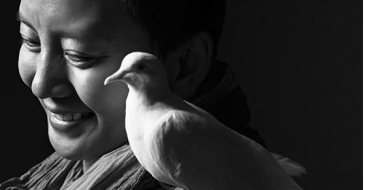
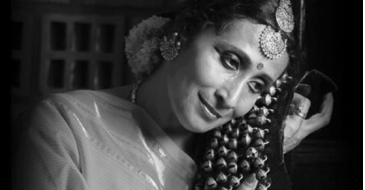
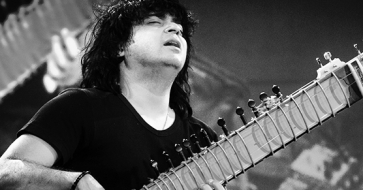
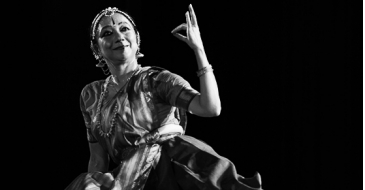
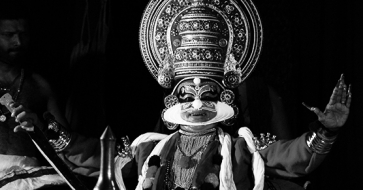
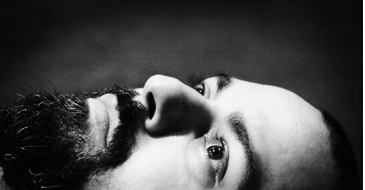
Nandini Hebbar
September 30, 2017